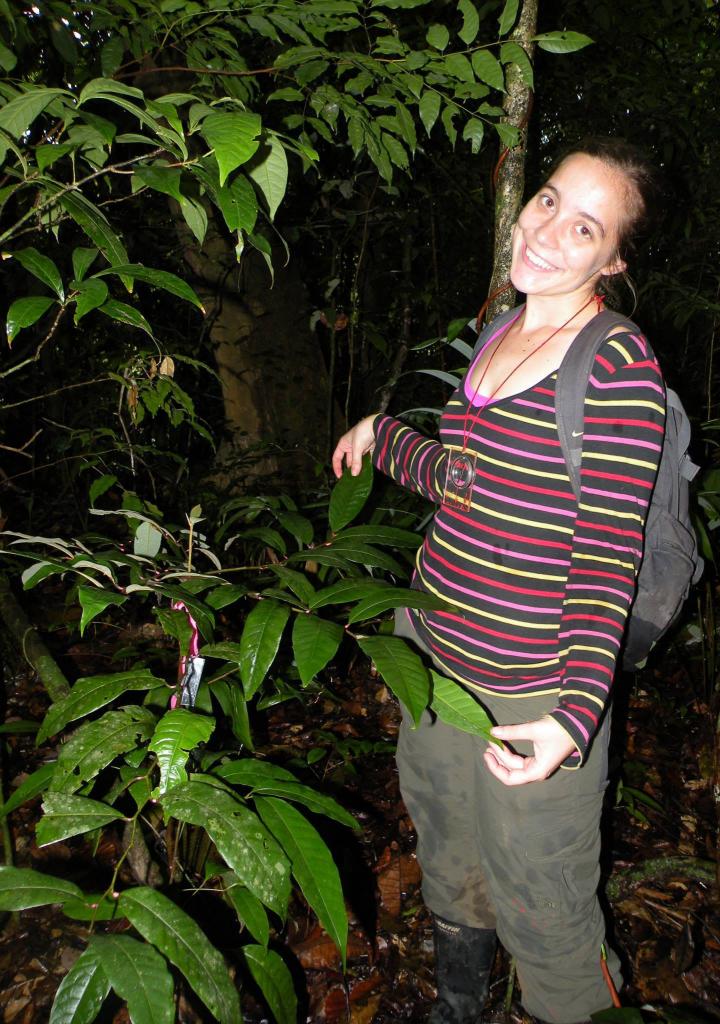Home › Forum topic › Propagation, Germination Testing, & Horticulture › Recommendations for incorporating phylogeny into a survival analysis of germination data?
-
AuthorPosts
-
May 10, 2019 at 2:19 pm #399
 Katie HeinemanCPC Conservation Officer
Katie HeinemanCPC Conservation Officer
According to the attached review of germination data analysis (McNair et al. 2012), time to event analysis (survival analysis) is the recommended approach for analyzing germination data. Does anyone know of a study that incorporates phylogeny as a covariate in a survival analysis? In the past, I have used a Bayesian mixed effect models in the R package MCMCglmm (Hadfield, 2010) to evaluate the effects of phylogenetic history and species life-history covariates on percent germination, but these data did not have time to event data (only final germination percentage).
Attachments:
You must be logged in to view attached files.May 27, 2019 at 10:12 am #220 Katie HeinemanCPC Conservation Officer
Katie HeinemanCPC Conservation Officer
Thanks to Matthew Albrecht for responding to Joyce’s email about this! Below is a passage from the supplement of his paper in Conservation Biology about this very issue. If I understand correctly, they used a cox regression model with mixed effects in the coxme package in R, but used a phylogenetic variance-covariance matrix generated through MCMCglmm.
Incorporating phylogenetic information into random effects models can change whether an effect size is significantly different from zero (Chamberlain et al. 2012). Thus, we use a correlated random effects model as a more explicit way to account for unobserved heterogeneity in time to recruitment due to variation in phylogenetic relatedness. Correlated random effects models define the covariance structure of random terms in a mixed model using a variance- covariance matrix (Therne 2015). In this case, we defined the covariance structure of the random effect of species by the degree of phylogenetic relatedness among species. Hence, a phylogenetic variance-covariance matrix was used to characterize the variance family for the random effect of species. To implement this model, we generated a phylogeny of the 27 species represented in the dataset on the online Phylomatic web-service, using an already dated plant phylogeny (R20070305.bl.new) available from Phylomatic’s local store of mega-trees (Webb & Donoghue 2005). The final topologycontained 27 tips and 21 internal nodes (Appendix S3). We derived a phylogenetic covariance matrix from this phylogeny using the inverseA function of the MCMCglmm package (Hadfield 2016), and forced it to a symmetric matrix with the forcenSymmetric function of the Matrix package (Bates & Maechler 2016) in R. This phylogenetic covariance matrix served as the variance-covariance structure in a correlated random effects model with species as a random intercept.
-
AuthorPosts
- This topic has 1 reply, 1 voice, and was last updated 6 years, 1 month ago by
 Katie Heineman.
Katie Heineman.
- You must be logged in to reply to this topic.